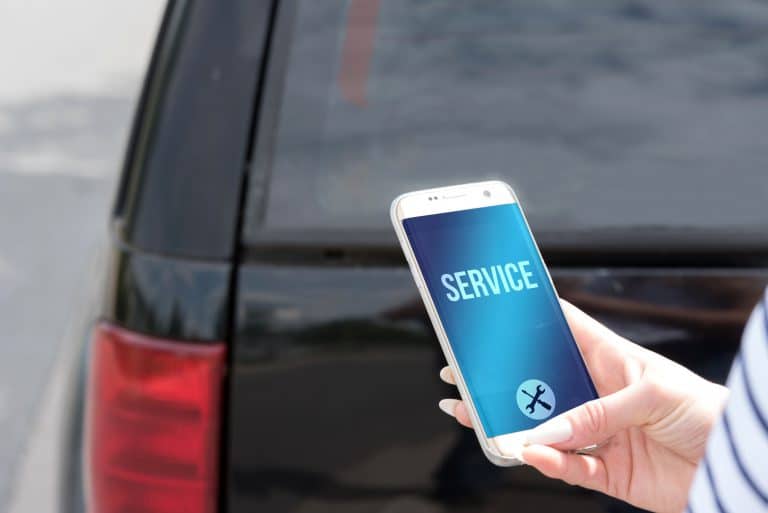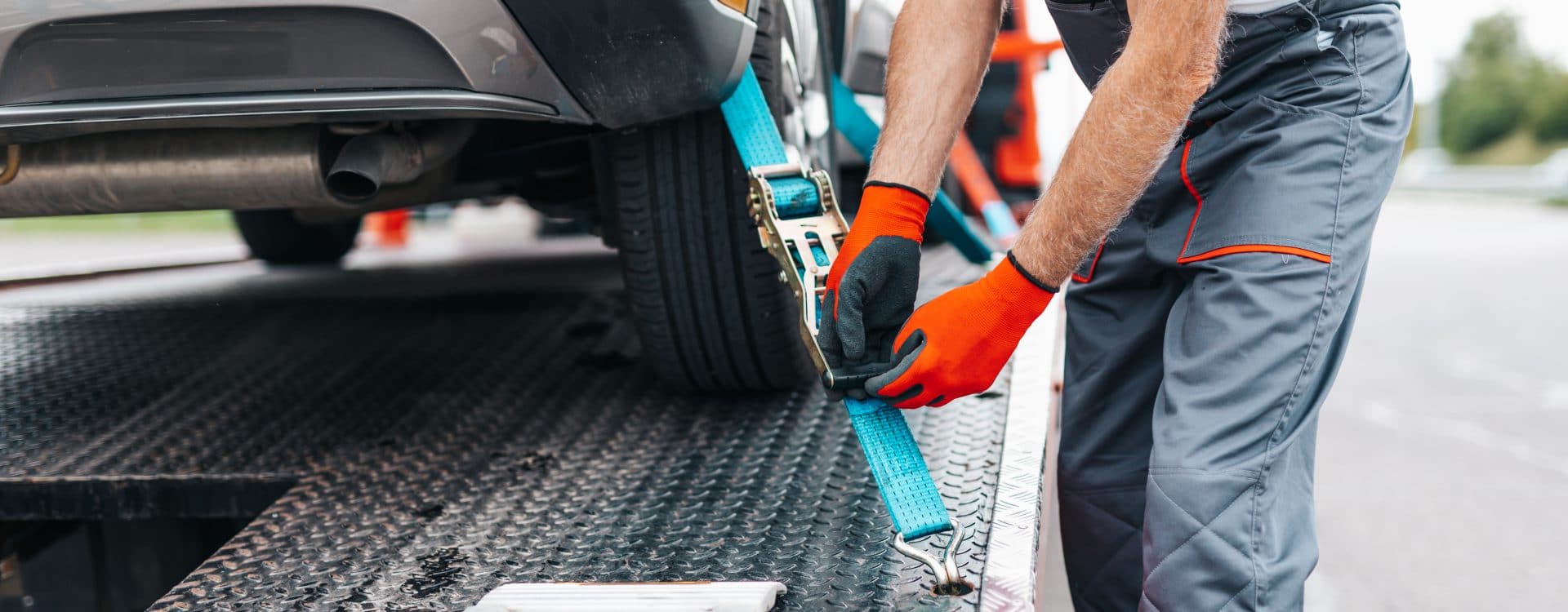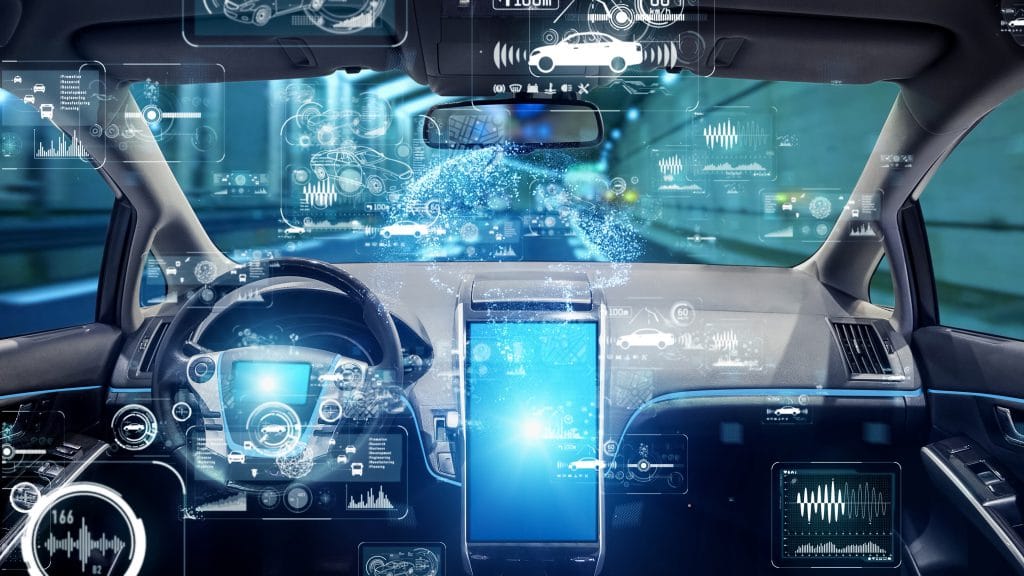The mobility industry and most everything we’ve come to know about transportation is changing fast. Technological trends and innovations like self-driving cars, drone deliveries, and rideshare connectivity have a direct impact on how the industry functions, and is perceived by the public.
In some respects, the constant innovations are wonderful, even welcome. But in others, they can cause an upheaval. In order for different aspects of the mobility industry to maintain relevancy and, more importantly, profitability—they have to adapt to these technological trends too.
Roadside assistance is one of the many subsets of the mobility industry to see a number of functional adaptations for new technology. A few to keep an eye out for in the coming years:
Remote Real-Time Roadside Assistance
One of the simplest innovations in roadside assistance is the use of real-time remote assistance. While it isn’t a new idea, the innovations by companies like Eemerg, and Urgent.ly through the use of smartphones and data analytics make it more effective than ever. However, there are two big steps with this:
Smartphone & App Support
Smartphones have become engrained in all aspects of society and their potential benefits are constantly being targeted by the mobility industry. The ease of access for smartphone and roadside assistance apps means that, while assistance is on its way to you, data collection on your vehicle can help make sure responders are prepared to act efficiently.
The app also ensures ease of connectivity with customer service representatives and real-time support no matter the issue. This small comfort for customers offers a lot of autonomy in choosing roadside assistance, agreements ahead of time with insurance providers, and GPS coordination for fast response.
Vehicle Analytic Integration
The second is integration with newer models of cars. Cars advanced enough to offer diagnostic data through remote access can also function as a way to monitor potential faults. Roadside assistance platforms able to organize this data can then offer proactive plans for car service as well as reactive.

Tow-Share Platform
Much like rideshare, a tow-share platform is a means of connecting you to a tow truck based on your proximity. With a platform that works in conjunction with a number of vetted local markets, the best tow truck company possible can quickly be chosen to give you the most well-reviewed and cost-effective service. The benefit of this is on two fronts. For one, it offers more business to local tow services that have a hard time marketing themselves. And as another, it encourages competition among those local services to offer the best possible results through the best possible reviews of customer satisfaction.

Omnichannel Support
To make these platforms effective, a baseline of customer service has to be available to consumers. In conjunction with app support, roadside assistance is trending towards a centralized customer support base that offers help through web, mobile, and voice services. This ensures that all bases are covered and every potential customer, even one without a smartphone, has the help they need.
As technology continues to improve in the mobility industry more innovations will be required to keep up. The COVID-19 pandemic has had a clear impact on multiple industries, but it has also shown plainly how industries can adapt quickly, even if the changes are not in place forever. Trends toward technological growth may test the roadside assistance industry, but a willingness to adapt will help ensure the various segments of it stay relevant and profitable for the long haul.

